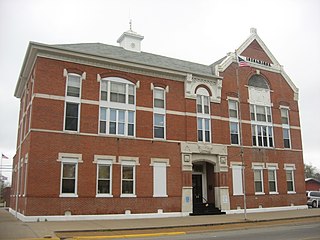
White County is a county located in the U.S. state of Illinois. According to the 2020 census, it had a population of 13,877. Its county seat is Carmi. It is located in the southern portion of Illinois known locally as "Little Egypt".

Wayne County is a county located in the U.S. state of Illinois. According to the 2020 census, it had a population of 16,179. Its county seat is Fairfield. It is located in the southern portion of Illinois known locally as "Little Egypt".

Wabash County is a county located in the U.S. state of Illinois. According to the 2020 census, it had a population of 11,361. Its county seat is Mount Carmel. It is located in the southern portion of Illinois known locally as "Little Egypt".

McDonough County is a county in the U.S. state of Illinois. According to the 2020 census, it had a population of 27,238. Its county seat is Macomb, which is also the home of Western Illinois University.
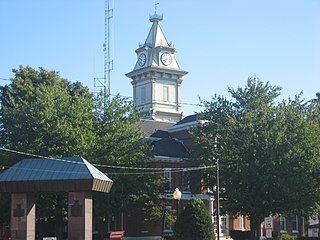
Edwards County is a county located in the U.S. state of Illinois. As of the 2020 census, the population was 6,245. Its county seat is Albion.
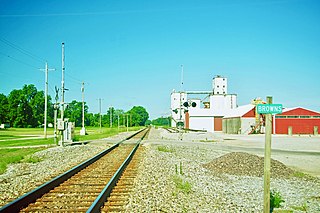
Browns is a village in Edwards County, Illinois, United States. The population was 139 as of the 2020 census, slightly up from 134 as of the 2010 census.

Belle Prairie City is an incorporated town in Hamilton County, Illinois, United States. The population was 49 at the 2020 census. It is part of the Mount Vernon Micropolitan Statistical Area.
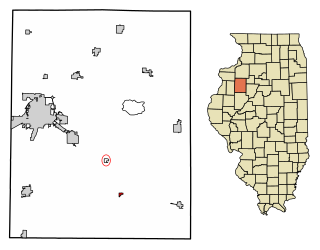
Maquon is a village in Knox County, Illinois, United States. The population was 218 at the 2020 census. It is part of the Galesburg Micropolitan Statistical Area.

Easton is a village in Mason County, Illinois, United States. As of the 2020 census, the village population was 312.

Prairie City is a village in McDonough County, Illinois, United States. The population was 407 at the 2020 census.
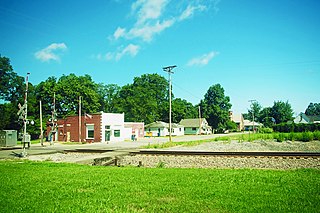
Bellmont is a village in Bellmont Precinct, Wabash County, Illinois, United States. The population was 297 at the 2000 census.

Keensburg is a village in Coffee Precinct, Wabash County, Illinois. The population was 192 at the 2010 census.

Mount Carmel is a city in and the county seat of Wabash County, Illinois, United States. At the time of the 2010 census, the population was 7,284, and it is the largest city in the county. The next largest town in Wabash County is Allendale, population 475.

Albion is a town in Kennebec County, Maine, United States. The population was 2,006 at the 2020 census.

Parkers Prairie is a city in Otter Tail County, Minnesota, United States. The population was 1,020 at the 2020 census.
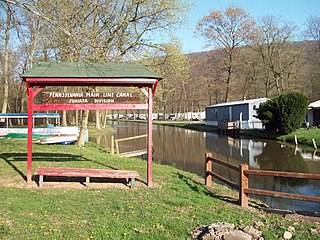
Granville Township is a township in Mifflin County, Pennsylvania, United States. The population was 4,638 at the 2020 census.
Morris Birkbeck was an English agricultural innovator, author/publicist, anti-slavery campaigner and early 19th-century pioneer in southern Illinois, in the United States. With George Flower he founded the English Settlement and the town of Albion, Illinois, and served briefly as the Secretary of State of Illinois.
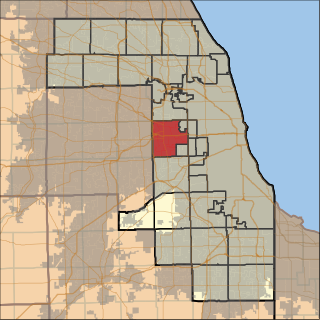
Proviso Township is one of 29 townships in Cook County, Illinois, United States. As of the 2020 census, its population was 151,209. It was organized in 1850 and originally named "Taylor", but shortly afterward its name was changed to make reference to the Wilmot Proviso, a contemporary piece of legislation intended to stop the spread of slavery.
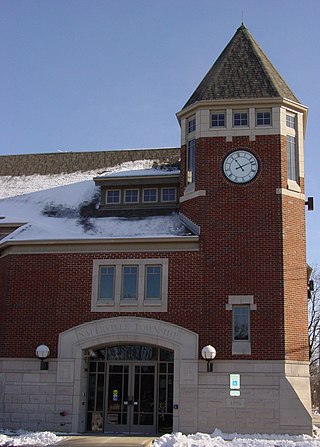
Naperville Township is one of nine townships in DuPage County, Illinois, USA. As of the 2020 census, its population was 104,765 and it contained 41,338 housing units.

Prairie Township is one of ten townships in Crawford County, Illinois, USA. As of the 2020 census, its population was 620 and it contained 275 housing units.























